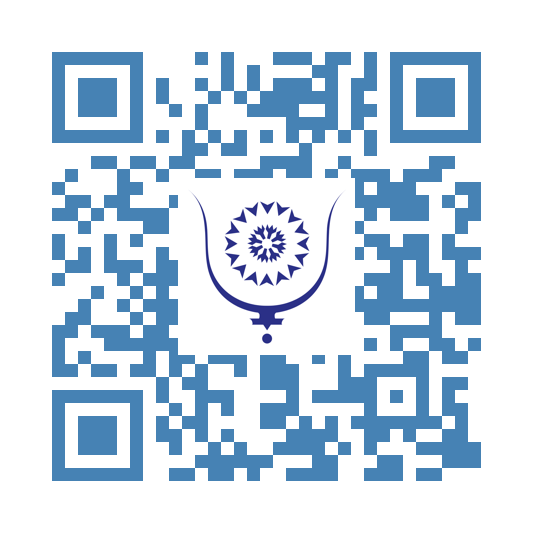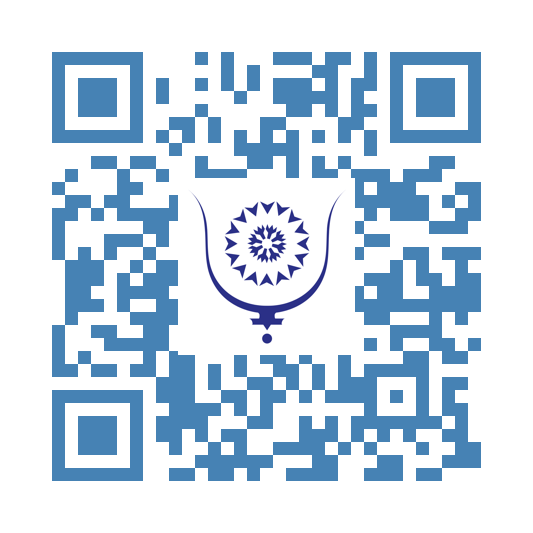The recent vandalism at the Mohamed V Stadium :the real match lies elsewhere 5790
The recent vandalism at the Mohamed V Stadium in Casablanca is nothing new. What is new, however, is that it erupted barely a week after the grand reopening of this iconic stadium, freshly renovated to host the much-anticipated Casablanca derby. A rushed reopening, symbol of a hope quickly overtaken by reality: that of endemic violence which outpaces modernization efforts.
The derby itself had gone smoothly, as the Ultras had decided to boycott it.
A week later, they were back—and made their presence loudly known. Part of the stadium bears the scars. Seats designed to welcome them and restrooms built for their comfort were ransacked. All of this will have to be repaired in time for the Africa Cup of Nations...
It’s public money: our taxes, our debts.
During certain Wydad or Raja matches—or elsewhere in Morocco—the behavior of a segment of the crowd is increasingly alarming. This phenomenon, varying in degrees of severity, has been ongoing for years and severely disrupts public order. It puts immense pressure on security forces and raises major sociological, institutional, and security-related concerns.
Numerous studies have been conducted, yet no concrete solutions have emerged. Because this phenomenon is complex: it is not merely the result of sporting outcomes. In this case, one can certainly point to the mounting frustration of fans of Casablanca’s two major teams, both of which have been in decline recently.
Since the introduction of the ultra movement in Morocco via Tunisia in 2005, young Raja and Wydad tifosi have colonized their respective stands and extended their influence into the streets. Their creativity with tifos is indeed impressive, but disorder has become the norm. It is now rare to witness a match without violence, both inside and outside stadiums.
Nothing seems to work: not closed-door matches, not sanctions, not prison sentences. Worse still, the situation is deteriorating. Scenes of looting and violent clashes around stadiums are now a reality, and not just in Casablanca. Even small towns with no major football stakes are no longer spared.
It would be risky to directly compare the situation here to that of other countries. Since the birth of the ultra movement in Hungary in 1899, its spread to Brazil in the 1930s, its transformation in Yugoslavia, and its resurgence in Italy during the 1960s, the phenomenon has continually evolved. Likewise, the UK witnessed the rise of hooliganism in the 1970s.
In Morocco’s case, we are dealing with a singular expression of the movement: a specific form rooted in local social, economic, and cultural dynamics. It eludes classical frameworks of analysis, forging its own aesthetic, unique codes, and a capacity for mobilization that transcends football. It is a reinvention of the phenomenon in light of local realities.
Institutional responses have not been lacking: new laws, broad-based meetings led by the DGSN, specialized units, academic conferences. All to little avail.
Security forces struggle to strike a balance between prevention and repression. They are often targeted themselves.
Meanwhile, clubs persist in a worrying state of organizational amateurism. Generous subsidies and a lack of accountability are major factors. Many Botola clubs suffer from poor governance, disconnected from the realities of their supporters and the imperatives of professional sports. Coaches and players endure constant pressure from aggressive fans.
But can football alone explain the phenomenon? Or is the stadium becoming an outlet, a space for catharsis for a marginalized, frustrated youth with no prospects?
This is not merely sports violence: it is deep social anger, with football as a pretext.
Every provocation, defeat, or refereeing injustice is perceived as a humiliation. The tension, already palpable, explodes in the stands.
Despite arrests, sanctions lack structural effectiveness.
The absence of judicial follow-up reinforces the idea that vandalism is tolerated. The triumphant welcomes given to some youths upon their release from prison speak volumes: they feel no remorse. On the contrary, they return with a dangerous new aura of prestige.
Here, a link can be made to the recent findings of the Haut-Commissariat au Plan (HCP), which published a worrying survey on household morale.
The Household Confidence Index (HCI) fell to 46.6 points in the first quarter of 2025, its lowest level since 2008. In 2018, it stood at 87.3. A dizzying drop.
Pessimism is widespread: 81% of households believe their standard of living has deteriorated. Debt is crushing, inflation is taking hold, and weariness is palpable.
This despair is echoed in the ultras’ chants, in their slogans—sometimes subversive, often disillusioned.
Their message now resonates broadly, even among materially comfortable youths. The ultras now cast a wide net.
Meanwhile, political parties are absent from public debate (except during election periods).
Trade unions, ultra-minoritarian, now represent only a tiny fraction of workers.
And as nature abhors a vacuum, it is filled by other forms of expression—sometimes political, sometimes violent, often manipulated.
Idle youths find in stadiums—and sometimes in the streets—an outlet for their frustration.
Recent slogans, ostensibly linked to geopolitical causes like the normalization with Israel, are often mere pretexts.
Those promoting certain subversive ideologies have perfectly understood the opportunity.
They seized it.
Young people seeking to assert themselves, to voice their rejection of a system they believe deaf to their expectations, are being swept up, radicalized, dangerously manipulated.
Politics is never far away.
In recent days, conferences on “sporting encouragement” have been organized by local authorities, chaired by regional governors (walis).
Yet one crucial question remains: are the youths concerned actually participating?
Without them—without genuine willingness to listen, and without deep, structural reforms—these efforts risk once again getting lost in the background noise of a crisis far graver than a simple football match won or lost.
And yet, solutions have been outlined in the long-forgotten New Development Model.
The challenges are many, but the real match lies elsewhere.



